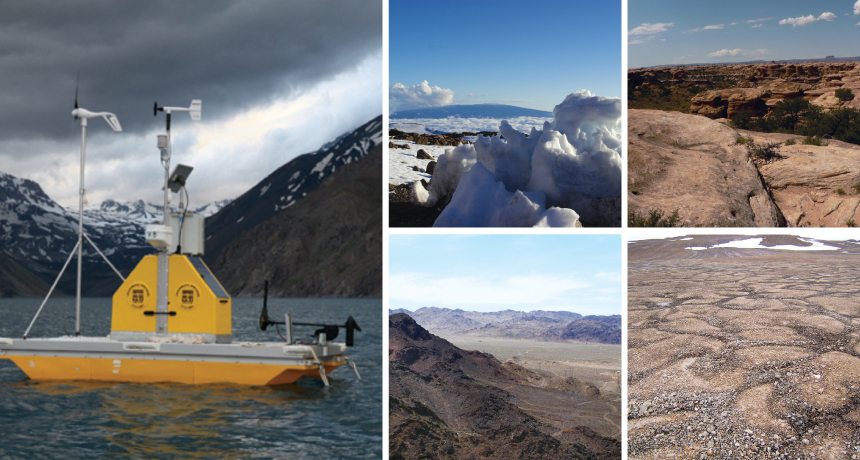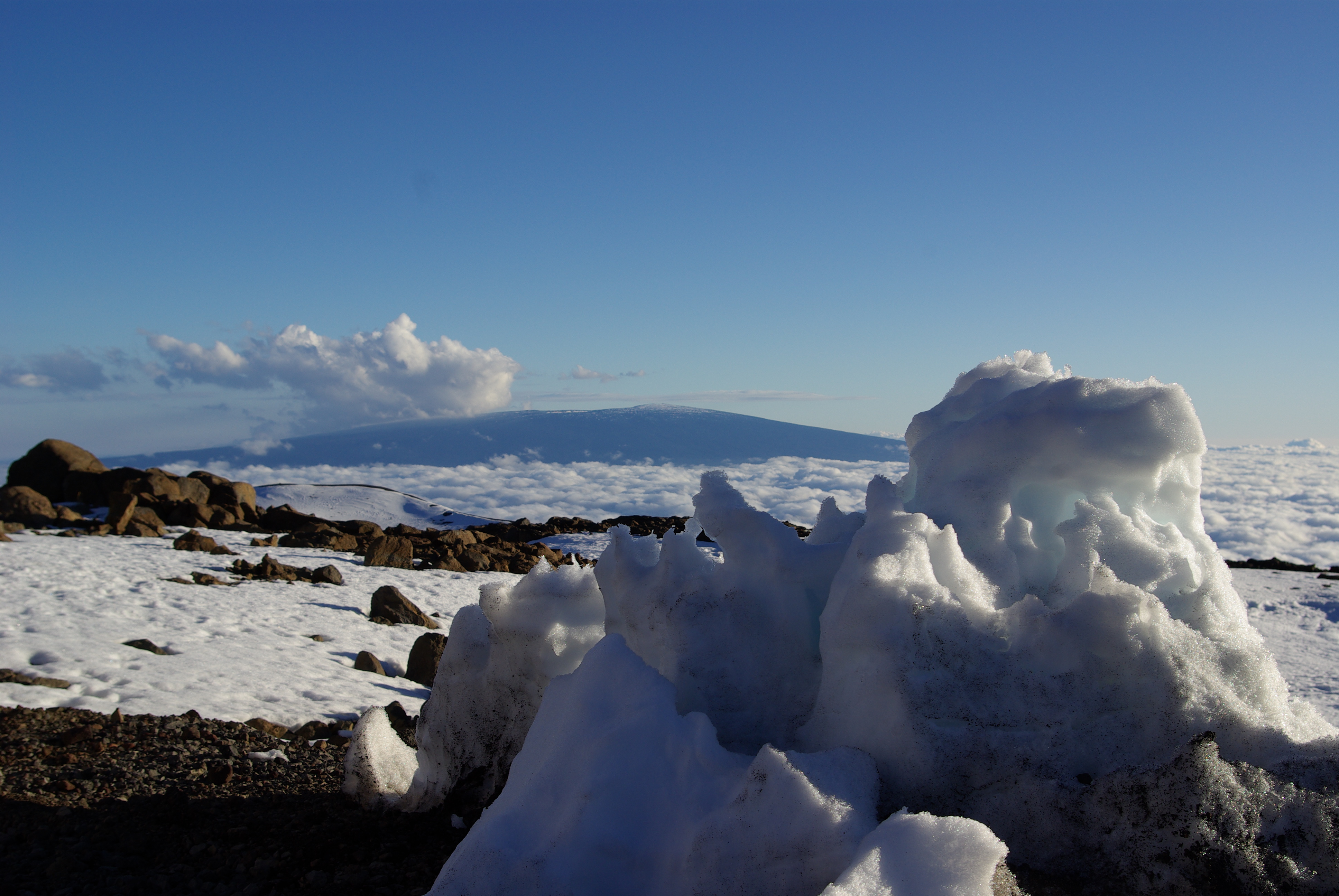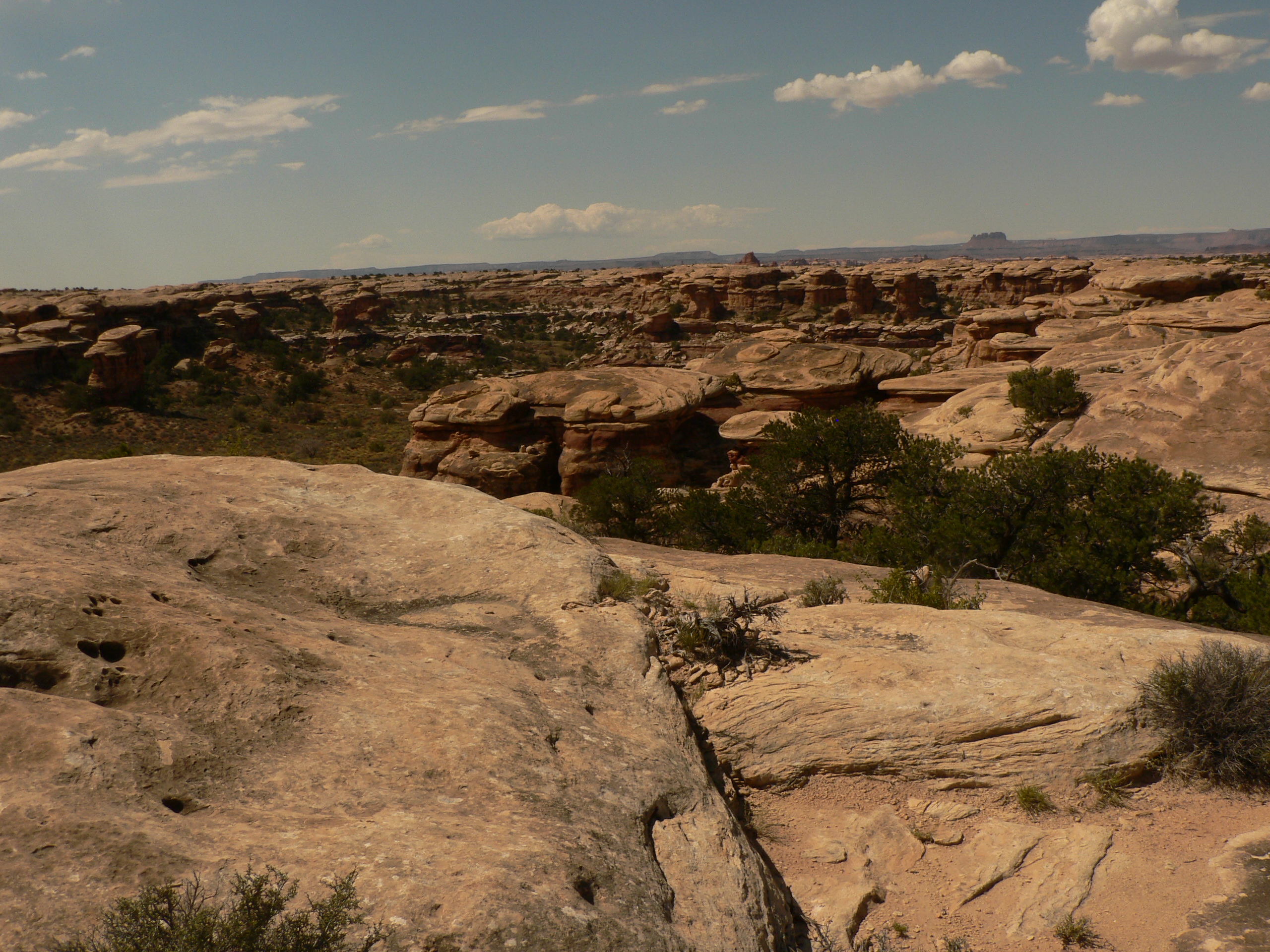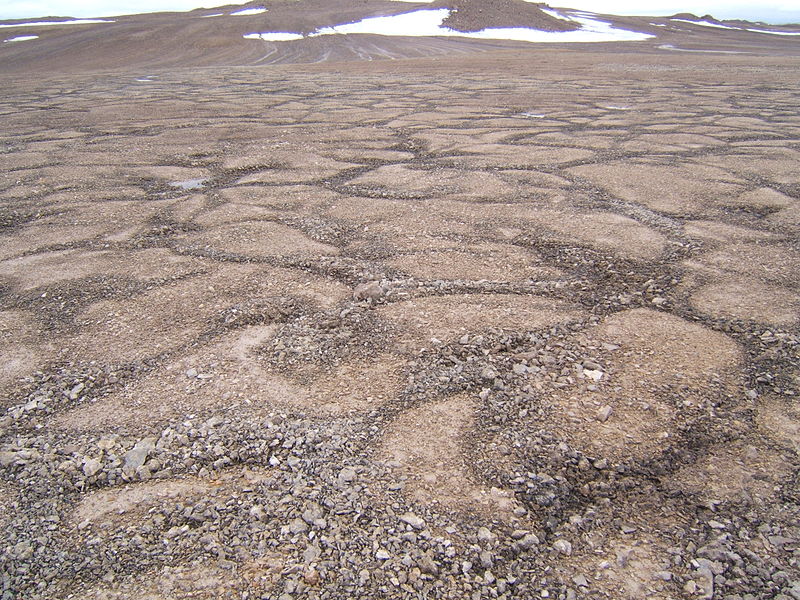
Analogs for other worlds are right here at home. Studies of survival in these places, which mimic the conditions of other planets, can help to prepare for future interplanetary missions.
kanu101/Flickr, Jirka Matousek/Flickr, Anthonares/Wikimedia Commons, L. Richard Martin Jr./Flickr
- More than 2 years ago
When Nathalie Cabrol was little, her grandfather gave her a pair of binoculars he had picked up as a soldier in Germany after the liberation of France. It was her first real glimpse at the wonders of the moon and stars. “Later,” Cabrol says with a laugh, “my toys became more elaborate and complex.”
Today she uses robots to hunt for alien life. Cabrol is a planetary geologist and astrobiologist at the SETI Institute’s Carl Sagan Center and NASA’s Ames Research Center, both in Mountain View, Calif. When she’s not using autonomous robots to explore extreme environments, she’s jumping into mountaintop lakes herself using specialized scuba gear. Her goal is to understand the conditions under which life on Earth can exist and apply them to searches for life on other worlds, such as Mars or Saturn’s moon Titan.
Right now, Cabrol is receiving e-mails from a boatlike robot that floats on a lake in the high Chilean Andes. The Planetary Lake Lander is a NASA-funded probe that is testing technology that could be used to explore environmental conditions in Titan’s methane seas. At a lake called Laguna Negra, 2,700 meters above sea level, the lander is now hunkered down for the southern winter but still monitors passing storms.
If the lander notices storm conditions, it starts probing the lake’s depths more frequently and e-mails data on physical and chemical changes in the water back to Cabrol and her team. “We’ve made a substantial leap toward robotic awareness,” she says. If a mission to a place like Titan happens, “that will substantially improve the science we can do and the meaning of the science data.”
To Cabrol, mountain lakes offer clues to life on other planets; the higher the altitude, the more they resemble alien environments. She holds several world records for scuba and free diving at elevations approaching 6,000 meters. “Lakes are my little time machines,” she says, “to travel to the past of other planets or to look toward the future.”
Her beloved lakes are also bellwethers of climate change on this planet, with water levels, chemistry and biodiversity fluctuating as snow and rainfall patterns shift. “What we are trying to develop to explore Mars and Titan helps us understand our own Earth,” she says. “That’s the journey.”
Spaceflight not needed
Researchers are developing analogs for other worlds right here at home. These studies mimic the conditions of other planets and can help to prepare for future interplanetary missions.










